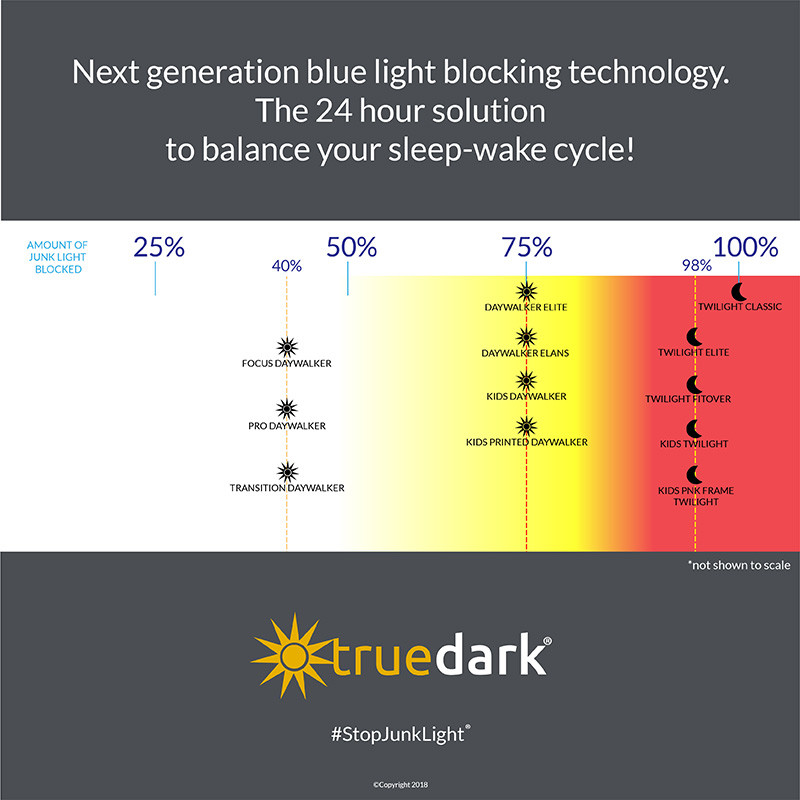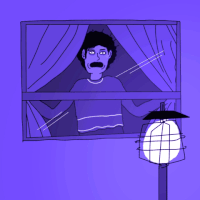The Ultimate Guide to the Best Sleep Ever
Facebook
Twitter
LinkedIn
Pinterest
Completely “blackout” your bedroom at night.
While light in the morning signals to your brain that it’s time to be awake and alert, darkening your room at night conversely tells your brain, “Hey, it’s getting dark out. It’s time to wind down and get ready for bed so that you can be well-rested for tomorrow.”
There are some very simple, cost-effective solutions to help you turn your bedroom into cave-like environment:
- Invest in blackout curtains and/or shades. You can find them at basically any store that sells home furnishings and decor, and of course you can find them on Amazon too. They will seriously change your life — especially if you have a lot of street lights right outside of your home.
- Unplug all digital devices so that the power source lights don’t light up your room. Think: the pesky little lights in the corner of your television, computer monitor, and power strips. And remember that green light can disrupt sleep too. You can use duct tape or TrueDark Dots to completely cover these (blue or green) lights up while you’re sleeping.
- Use a smarter alarm clock. Look for alarm clocks where the display is dimmable and/or has the ability to completely turn off. Try to avoid blue displays altogether at least 2 hours before you’re winding down for bed.
- Get yourself some sleep-hacking glasses. They are more commonly known as “blue blockers”, but we aren’t just talking about any blue blockers that you can find for $9 on Amazon. We are talking about TrueDark sleep-hacking glasses that use red lenses and patented technology to block 100% of blue and green light — specifically at night time. These glasses essentially blackout your vision and signal to your brain that it’s dark outside. They put your brain into an alpha (or meditative) state that helps you fall asleep faster and sleep more deeply.
It’s important to note that orange, amber (yellow) and clear lenses are not as effective as red lenses when it comes to helping you fall asleep at night time. Orange lenses are largely popular because that’s what the very first “blue blockers” used; however, orange-lensed blue blockers fail to effectively also block green wavelengths of junk light before bedtime. Read why here.
Clear and amber-lensed blue light blocking glasses solely block out blue light as well, and they are designed for reducing eye-strain as opposed to helping you fall asleep. The most amount of blue junk light they can block is 40% and 75%, respectively. Check out the chart below to see how different colored lenses stack up when it comes to blocking junk light!

FACT: Most LEDs and fluorescents emit about five times the amount of blue light that are bodies are naturally equipped to handle.
Economically speaking, LEDs are incredibly cost-effective; however, they are notorious for emitting blue wavelengths of light that throw off your energy, mood, and natural circadian rhythm.
Overexposure to artificial lighting confuses the mind and body, making it very difficult to decipher what time of day (or night) it actually is. Subsequently, there’s broken signaling that takes place between the artificial light sources all around you and your natural body functions. It’s no wonder then that after a full day of using digital devices with LED screens and sitting under artificial lighting, you may experience a “wired and tired” feeling as you’re getting into bed at night. It also makes sense that sleep deprivation then leads to fatigue the next day. This pattern between insomnia and fatigue becomes cyclical and can have profound effects on how you feel and show up in the world.
The key here is to take more control of the light in your environment by making healthier lighting choices. Consider swapping out any LED and/or fluorescent bulbs in your house to halogen or incandescents. More specifically, 15 or 20-watt bulbs are ideal because they emit warmer light that is healthier for your eyes, mind, and body — especially as your winding down for bedtime in the evenings. You can also opt to turn off the light fixtures around your home, or just use candles instead to keep an area lit with natural light. Dimmer is better because it more closely mimics the natural light that you would be exposed to outside as the sun descends at night.
Simple lifestyle hacks that will help keep your sleep/wake cycle on track
Be mindful of your caffeine intake.





Newsletter Signup | FAQs | Contact Us | Blog | Careers
Join Our Affiliate Program | Privacy Policy | Terms and Conditions | About Us
© 2018 TrueDark®, All rights reserved.





